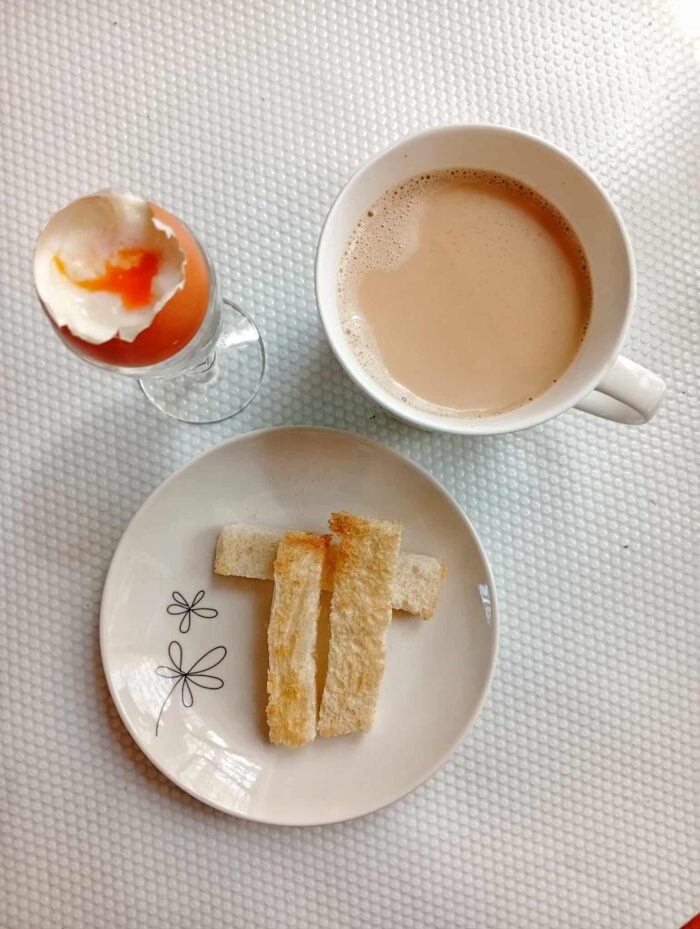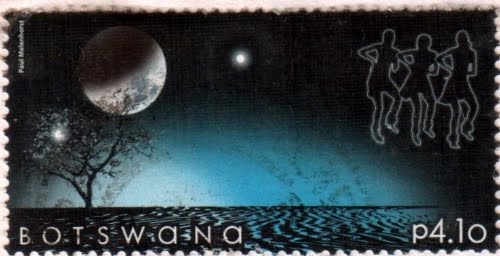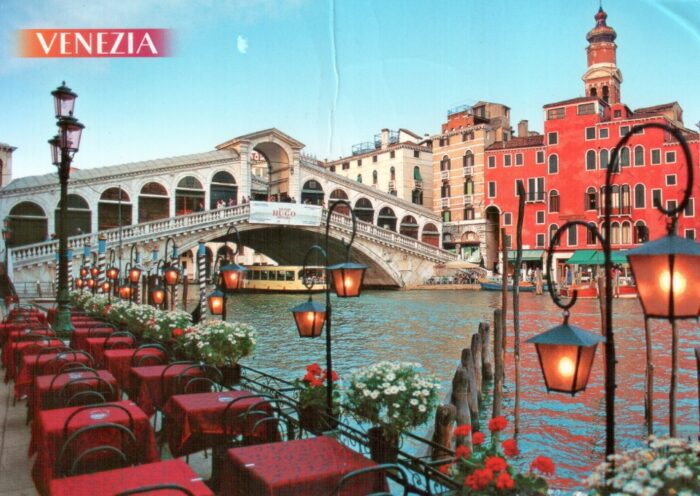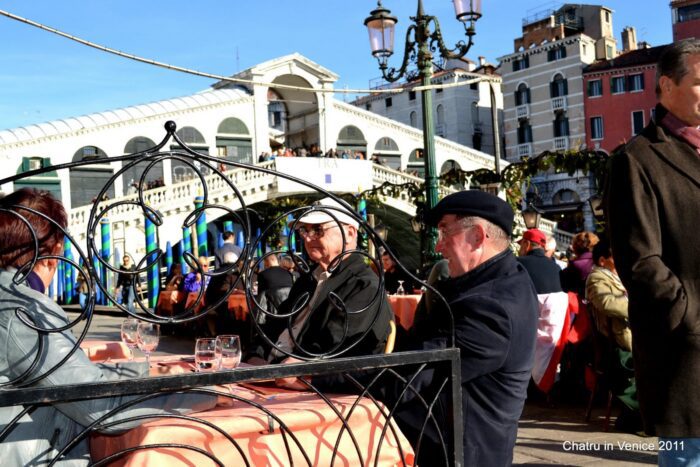It’s been a while, hasn’t it? My blog has been largely silent since September of last year. I was quite poorly then, and honestly, didn’t have the energy to add blogging to my already hectic work schedule. My general health just wasn’t cooperating. So, I focused entirely on getting myself well again, and I’m happy to say that the inspiration to put thoughts to digital paper has finally returned.
The rhythm of life here in Phnom Penh, after more than two decades, already feels like a second skin. My days are usually a whirlwind of desk work, meetings, community visits, and the beautiful, chaos of Cambodian life. Yet, sometimes, in the quiet moments when you’re on your own at the end of the day, between the bustling streets, the barks of my dogs, and the hum of my ceiling fan, a different kind of quiet settles in.
Today was one of those days.
It started innocently enough. A tray of eggs and a forgotten pack of sliced bread on the counter, both nearing their expiration date. My immediate thought was, “Right, time to use these up.” And so, a classic runny yolk and toast dip came to be. For someone who isn’t particularly fond of eggs, this was purely a practical exercise.
But as I broke the first yolk and dipped a piece of toast into its golden richness, a door to the past gently creaked open.
Unresolved Echoes.
My mother passed away five years ago. Five years. And to be brutally honest, I’m still not sure I’ve properly grieved. Perhaps I’ve unconsciously ignored it, or maybe it’s just my own peculiar coping mechanism, a way my body and mind protect themselves from something too overwhelming. I truly don’t know.
There are days, like today, when a wave of melancholy washes over me, slowly, insidiously, until it morphs into an intense sadness. And when you’re thousands of miles away from family, from the familiar faces and comforting voices of home, with no one to truly talk to about these deep-seated feelings, the pen becomes your closest confidante. My journal, filled with hurried scrawls and raw emotions, is where these moments find their release.
This morning, as the scent of coffee and boiled eggs filled my tiny kitchen, those memories didn’t just drift in; they flooded me. I was instantly transported back to my university holidays, those quiet semestral breaks when my younger siblings were still off at school. It was just her and me, sharing simple boiled egg breakfasts. She’d sit across the table, crocheting, occasionally glancing up at me, her eyeglasses perilously perched on her long nose—oh, how we envied that “Western” nose only our brother, the Banker, inherited! Her presence was a comforting anchor, and she’d gently remind us to savour every morsel and never let food go to waste.
What I realise now, with the painful clarity of hindsight, is how much I value those moments. We weren’t just mother and daughter then, sharing breakfasts; we were more like friends. After months away in Cebu City for university, those breakfasts became our quiet confessional when I came home, a space where we could truly connect and confide in each other, rebuilding the bridge that distance had stretched.
Oh, how I miss those moments now, as an adult living a life so far removed from those simple mornings. The older I get, and the longer I’ve been away from home, the more these specific, unassuming memories take on immense weight. It’s not just the food; it’s the quiet companionship, the unspoken understanding, and the feeling of being truly home in her presence.
Sometimes, especially when you’re alone and far from loved ones, it’s these random, ordinary things that bring the most profound memories and reflections. Just as Adam Levine bleats in their song, Memories, “…memories bring back you…” And for that, I am grateful that, even if only for a short time, I brought Mama back again this morning.





